General information about Vinca Seeds
- Sowing Season: Spring and early Summer
- Germination: 7-14 Days
- Harvest in: 70-90 Days
What’s in the Box
- Vinca Marigold Seeds
- Sowing instructions printed on backside of Seed Packet
- Recyclable Pouch
Introduction to Vinca
Vinca flowers, also known as Madagascar periwinkle, are prized for their vibrant colors, glossy green foliage, and remarkable resilience. They are a favorite among gardeners for their ability to thrive in various conditions, including drought and poor soil. These flowers are perfect for borders, containers, and ground covers, offering an elegant touch to any landscape. Vinca flowers are available in a range of hues, including pink, white, red, and purple, making them a versatile choice for garden enthusiasts.
Guide to the Germination Process, Soil & Fertilizer, Watering & Pest Control Requirements for Vinca Seeds:

▶ Seeds Germination Process
- Preparation: Prepare seed trays or small pots with a well-draining seed-starting mix.
- Sowing the Seeds: Sprinkle the seeds evenly over the soil surface. Cover them lightly with a thin layer of soil, as Vinca seeds require some light exposure for germination.
- Watering: Mist the soil gently to ensure it is evenly moist but not waterlogged. Use a spray bottle to avoid displacing the seeds.
- Temperature and Humidity: Place the trays or pots in a warm area with indirect sunlight. Maintain consistent soil temperature (70-75°F) and high humidity by covering the trays with a clear plastic lid or plastic wrap.
- Monitoring: Check daily to ensure the soil remains moist. Once seedlings emerge, remove the plastic cover to allow air circulation and prevent fungal growth.
- Transplanting: When seedlings have two sets of true leaves, they are ready for transplanting into individual pots or directly into the garden.
▶ Soil & Fertilizer Requirement
- Soil: Vinca flowers prefer well-drained, sandy, or loamy soil with a slightly acidic to neutral pH (6.0-7.5). Amend heavy clay soils with sand or organic matter to improve drainage.
- Fertilizer: During the growing season, use a balanced fertilizer (10-10-10) every 4-6 weeks. Avoid over-fertilizing, as this can lead to excessive foliage growth at the expense of flowers.
- Adding compost or aged manure to the soil before planting can provide a nutrient-rich foundation for healthy growth.
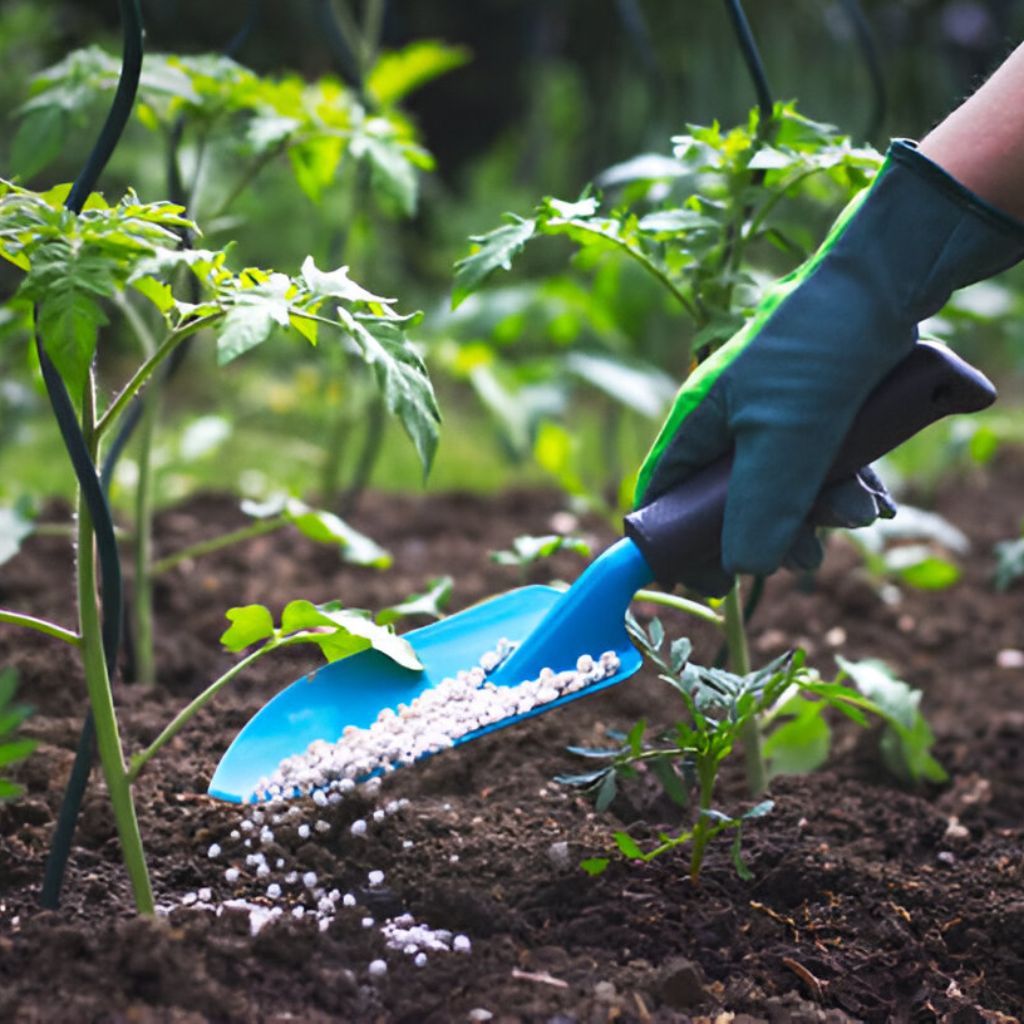
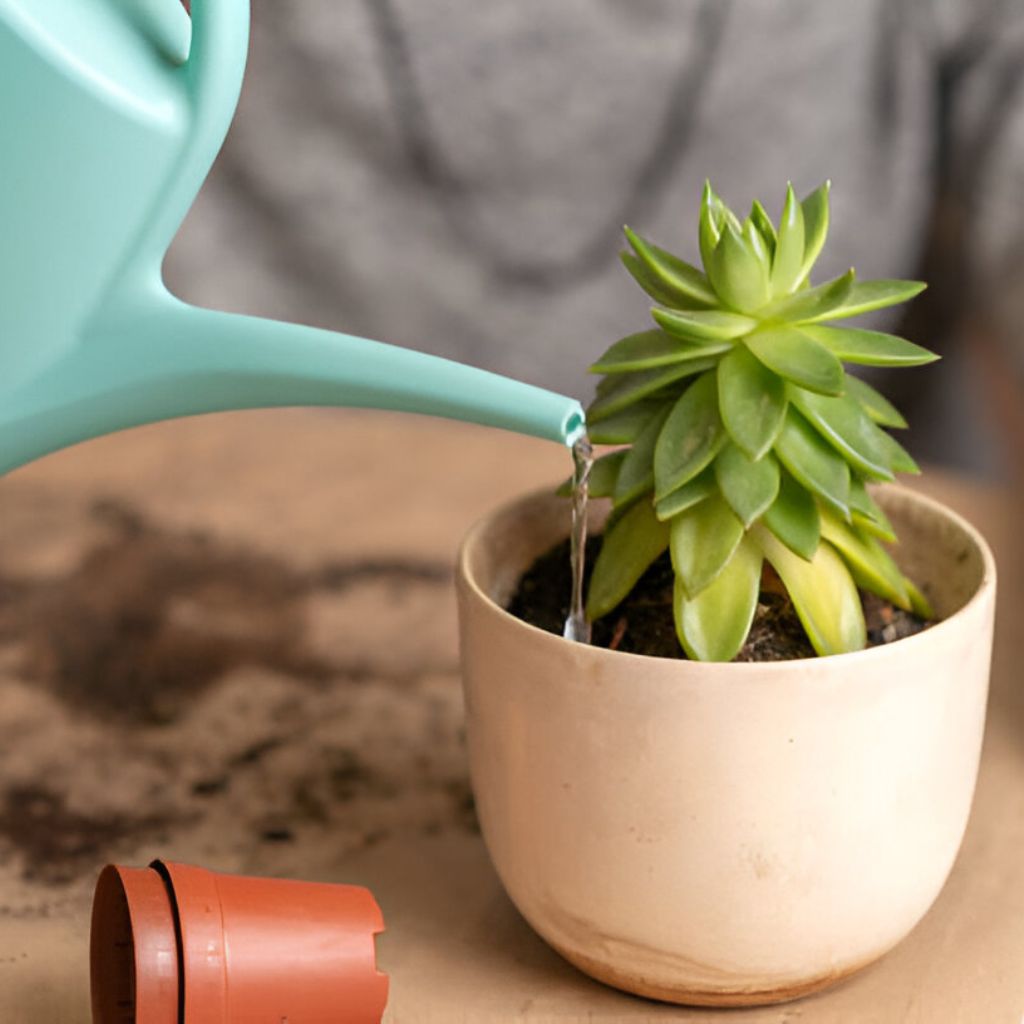
▶ Watering Requirement
- Vinca plants are drought-tolerant once established, but consistent watering is essential during the initial growth stages.
- Water the plants deeply but infrequently, allowing the top inch of soil to dry out between watering sessions.
- Overwatering can lead to root rot and other fungal issues, so ensure proper drainage in pots and garden beds.
▶ Pest Control Requirement
- Vinca flowers are relatively pest-resistant, but they may occasionally attract aphids, spider mites, or whiteflies.
- Regularly inspect the plants for signs of infestation, such as discolored leaves or webbing.
- Use the following methods to manage pests:
- Natural Remedies: Spray affected plants with a solution of water and mild dish soap or neem oil.
- Biological Control: Introduce beneficial insects like ladybugs or lacewings to the garden.
- Chemical Control: As a last resort, use insecticidal sprays specifically labeled for ornamental plants.
- Preventive Measures: Maintain good air circulation by spacing plants appropriately. Remove debris and weeds from the garden to minimize pest habitats. Avoid overhead watering, as wet foliage can attract pests and promote fungal diseases.

Alternate Names
- Hindi: विंका फूल के बीज
- Bengali: নয়নতারা ফুলের বীজ | ভিনকা ফুলের বীজ
- Marathi: विन्का फ्लॉवर बियाणे
- Telugu: విన్కా ఫ్లవర్ సీడ్స్
- Tamil: வின்கா மலர் விதைகள்
- Gujarati: વિન્કા ફ્લાવર સીડ્સ
- Kannada: ವಿಂಕಾ ಹೂವಿನ ಬೀಜಗಳು
- Odia: ଭିଙ୍କା ଫୁଲ ବିହନ |
- Malayalam: വിങ്ക പുഷ്പ വിത്തുകൾ









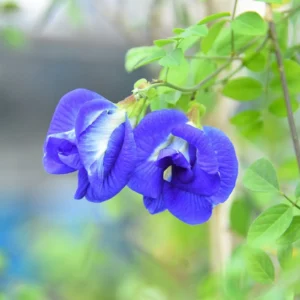

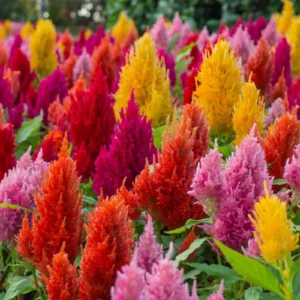
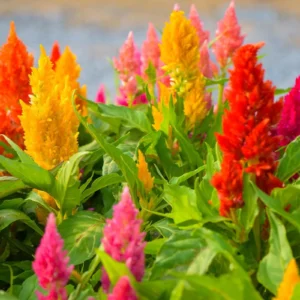
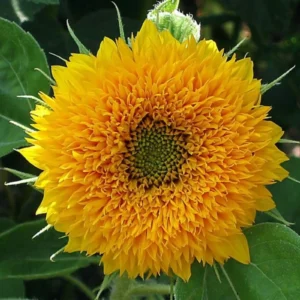



Reviews
There are no reviews yet